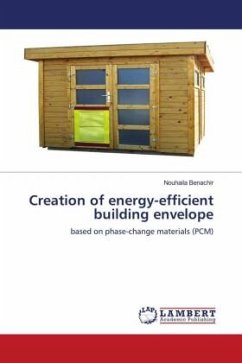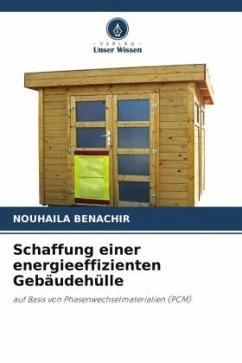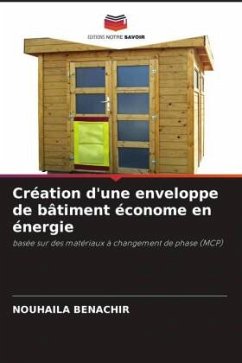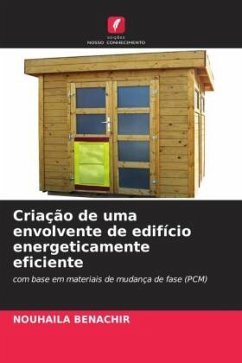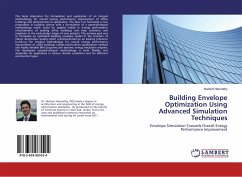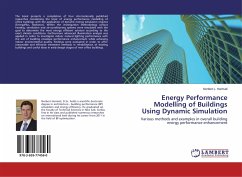
The performance thermal isolation of the building envelope using PCM
Phase Change Materials
Versandkostenfrei!
Versandfertig in 6-10 Tagen
45,99 €
inkl. MwSt.

PAYBACK Punkte
23 °P sammeln!
The phase change material (PCM) represents a sustainable alternative to reduce energy consumption for this a thermal dynamic simulation was realized with TRNSYS 16 software, using the type 204 phase change materials could be combined with the building materials by imbibing in complete elements, blending with the raw and biomaterial during production the chaleur, to compare the thermal and physical behaviour of a building with walls incorporating bricks and air gap with walls incorporating phase change materials (PCM). The idea to use phase change materials (PCM) for the purpose of energy stora...
The phase change material (PCM) represents a sustainable alternative to reduce energy consumption for this a thermal dynamic simulation was realized with TRNSYS 16 software, using the type 204 phase change materials could be combined with the building materials by imbibing in complete elements, blending with the raw and biomaterial during production the chaleur, to compare the thermal and physical behaviour of a building with walls incorporating bricks and air gap with walls incorporating phase change materials (PCM). The idea to use phase change materials (PCM) for the purpose of energy storage is to make use of the latent heat of a phase change, usually between the solid and the liquid state. Since a phase change material involves large latent heat at small temperature phases changes, PCM is used for temperature stabilization and for storing heat with large energy densities and capacity the storage in combination with rather small temperature changes. The application of PCM in wall layers, such as plasters or gypsum boards, or in the ceiling construction adds thermal mass to the building, thereby avoiding unpleasant temperature variations of the inside building temperature.



